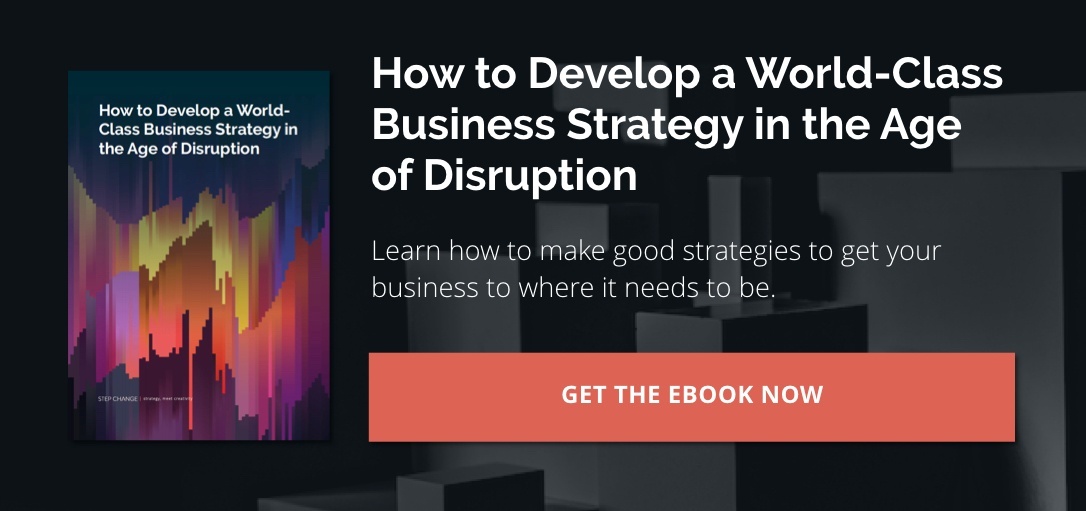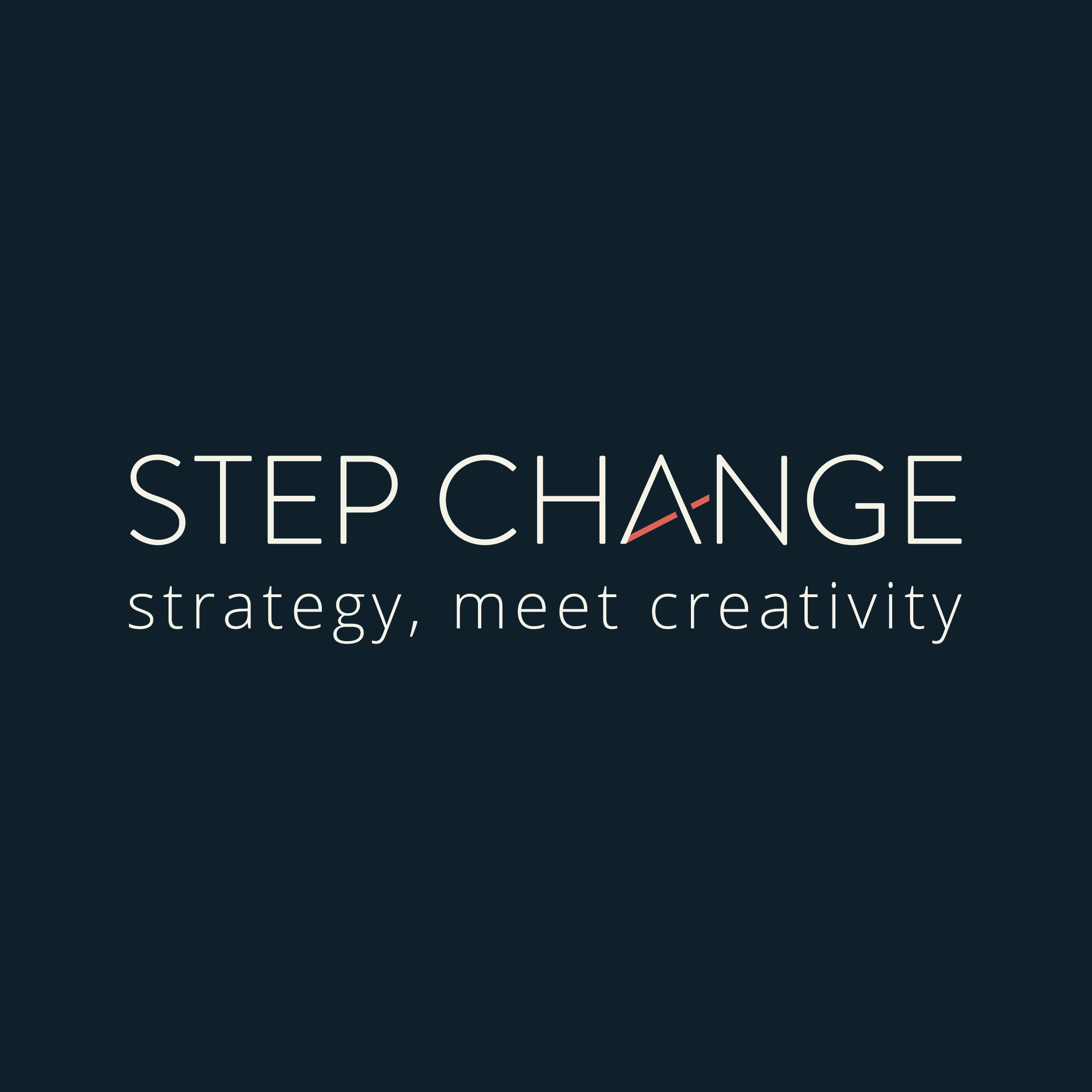At the Chief Strategy Officer Summit’s Stump the Strategist session, a key question raised was, “How do I develop an effective strategic plan in a VUCA world in the absence of a business model?”
As we’ve arrived in the age of disruption, there is no better time to look into why it is necessary for businesses to come up with a winning strategy, one that matters to the customers, while also making the business stand out today.
To answer this question, business strategists Ashton Bishop, Kathy Rhodes, and Glenn Bartlett presented critical answers, which you can view below.
In summary, the panel highlighted that strategy is a choice within a context. It is either a response to an opportunity that you see or a challenge that needs addressing.
To arrive at a good strategy, it is essential to first come up with a strategic radar for your business.
This is where you identify the most pressing opportunities and challenges and arrive at a core diagnosis so you can clearly pick out the things you need to equip and arm your business with.
This must lie at the core of your strategy — planning how to effectively respond to these opportunities and challenges.
However, in addressing disruption, many businesses today opt for business planning instead of developing a worthwhile strategy — and we have come to note that this is because they don’t fully understand the context.
Why Does Context Matter?
Ashton Bishop points out that “strategy should arise out of context, not out of the existing business model that you have.”
He adds that it is better to work on your strategy first rather than coming up with a strategy against an outdated business model.
Many businesses and organisations are partial to doing SWOT, but since it’s not time critical — whereas opportunities and challenges are time-critical — it is not strategic enough.
For an effective strategy, we must always look to the future — the possible, the probable, and the preferred.
Working this in your strategy ensures you are always ready for disruption.
He also adds, “Every good strategy has two elements — whirlwind and WIG (Wildly Important Goals).”
Whirlwind is the optimisation of the day-to-day, what you can do now, and how you can get things moving.
WIG is the horizon you can plan for within a maximum of 1,000 days. From here, you can identify what instances can possibly transform the options you have highlighted.
The Disruption Strategy
To survive in a VUCA world, businesses have three strategies: you have to be the disruption that’s coming or find the means to bridge it and adapt your existing business model to it or to find a niche and do so now — because first brands always get twice the number of shares from brands two and three.
Essentially, it all ties back to speed and agility and applying this throughout the organisation. You have to make step changes according to the way the world works and be flexible enough to adapt.
You need to do this annually, track it, and adjust your course of action regularly.
Anticipating change and actively responding to disruption ensures your business is ready to scale no matter where the tides of a volatile business environment may take you.
About Stump the Strategist
- Questions from the floor, answered live in nine minutes
- It’s opinion, not advice
- Step Change charges clients for advice — Stump the Strategist is free
Featured Strategists
- Glenn Bartlett, Associate Strategy Director, Step Change
- Ashton Bishop, CEO, Step Change
- Kathy Rhodes, Chief Alchemist at Thought Alchemist
Stay tuned for the next edition of Stump the Strategist!

















